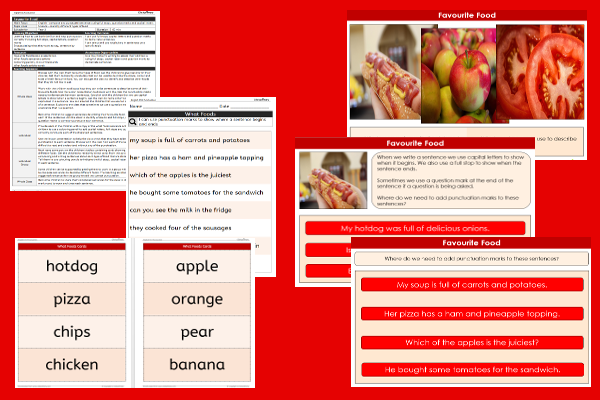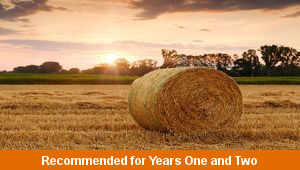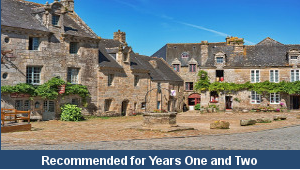Favourite Food

This English teaching pack for Key Stage One gets the children to compose and punctuate sentences using full stops, question marks and capital letters to describe foods eaten for different meals.
The class can identify and define special vocabulary words that can be used when composing and punctuating sentences about foods that can be eaten for different meals.
Download this teaching pack including a lesson plan, classroom activities and an interactive presentation to teach the children to compose and punctuate sentences using full stops, question marks and capital letters to describe foods eaten for different meals
Activities in this teaching pack include an activity worksheet to practise punctuating sentences using full stops, question marks and capital letters about different types of food and a set of cards to select a range of foods that can be used when composing and punctuating sentences.
The interactive presentation gets the children to identify and explain how to punctuate sentences about types of food correctly using capital letters, full stops or question marks including using special vocabulary to describe foods that can be eaten for different meals.
This lesson is part of an English scheme of work to get the children to identify and record how to punctuate sentences that are statements and questions correctly to illustrate things that can happen in a family. There are teaching activities for shared learning, differentiated worksheets to support independent learning and interactive presentations to introduce concepts and key skills.
-

Harbour Labels
Practise structuring and formatting different word processed documents to describe a range of ships and boats seen in a harbour
-

Islam
Explore and illustrate some of the different stories, beliefs and practices of the Islamic religion including special festivals and sacred texts
-

Farm Prints
Practise and demonstrate different techniques when printing a range of shapes and patterns that can reflect themes and ideas related to farming
-

Towns and Villages
Identify, describe and compare some of the changes to different buildings that have occurred in the school neighbourhood over time
